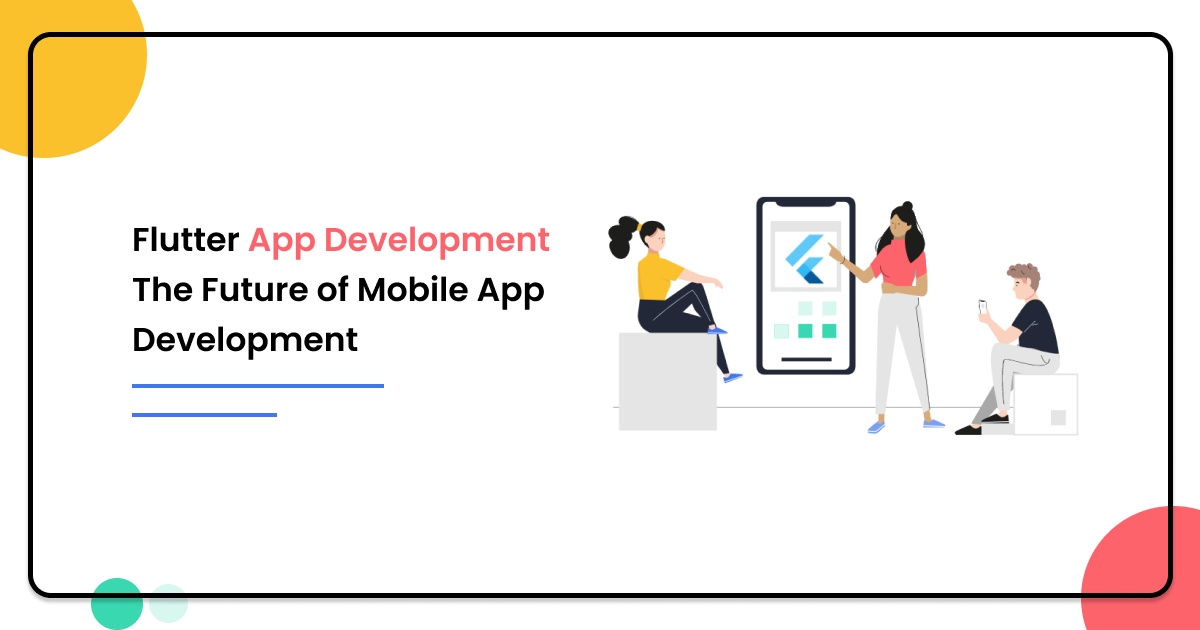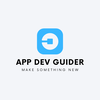With the release of Android Studio 3, Google announced that Flutter App Development would be included in future versions of the software. What does this mean for the world of mobile development and why should you care? With all of the excitement surrounding this new technology, it’s easy to get caught up in the hype. However, instead of focusing on what Flutter has to offer right now, let’s take a look at how developers might use it in the future and what some possible implications could be.
Introduction
The Flutter team at Google has been working for a long time to make a reliable and high-performing mobile app SDK. They have taken inspiration from React Native, which is also based on the concept of code sharing across platforms. However, Flutter is completely written in Dart and uses Skia as its rendering engine. It also adopts concepts from Material Design with a lot of built-in components that can be customized without changing their behavior.
What is Flutter?
In an industry that is constantly evolving and changing, the need for developers with new and exciting skills is paramount. Enter Flutter, a cross-platform mobile app SDK that was built to meet the needs of today's ever-changing technological landscape. What is Flutter? Flutter is a framework for building native apps on iOS and Android from a single codebase. This advancement in app development allows for a streamlined process without sacrificing quality. So what are the benefits?
Benefits of Flutter
Today, Flutter is more popular than ever because it is the future of mobile app development. It's a cross-platform SDK for creating high-quality native interfaces on iOS and Android in record time. Google has also been using Flutter to create apps for YouTube, Gmail, and other services. Here are five reasons why you should consider Flutter for your next project
1. With Flutter, all UI code can be written in just one language – Dart. So no need to worry about translating between multiple languages!
2. A standard API across both iOS and Android - so much less time trying to keep track of which device is needed for each bit of code!
3. It provides intuitive designs with robust layouts that mimic the user interface libraries found on iOS or Material Design found on Android
4. Visual Studio Code plug-in helps make editing Dart easier (no need to be confined to just an IDE!)
5. Supports stateful hot reloading so developers can iterate quicker without having to compile or deploy
Why is Flutter the future of mobile app development?
Developing mobile apps is a costly, time-consuming process. As consumers demand more and more features in the app experience, the development process is becoming even more difficult to keep up with.
Flutter aims to solve these problems by enabling developers to build cross-platform apps quickly and efficiently. It has a collection of libraries that are pre-built and easy to use. Flutter is open source, so it can be used by any company or person who wants to develop an app on this platform. It also supports hot reloads so you can see changes in your app without restarting the whole program!
if you want to convert your idea into reality then you should hire flutter developers for your next app development project idea.
Conclusion
Developing an app today is complicated, time-consuming, and expensive. Flutter is a game-changer. It's the first open-source mobile framework that can generate native interfaces for both iOS and Android from a single codebase, without requiring significant knowledge of either platform.
Developers no longer have to write one set of code in Java or Swift and then spend weeks making it work on iOS or Android. Also, using Flutter means you don't have to constantly switch between Xcode and Android Studio because it uses hot reload which updates your app automatically in real-time as you change your code, so there's no need to manually compile it every time.


No comments yet